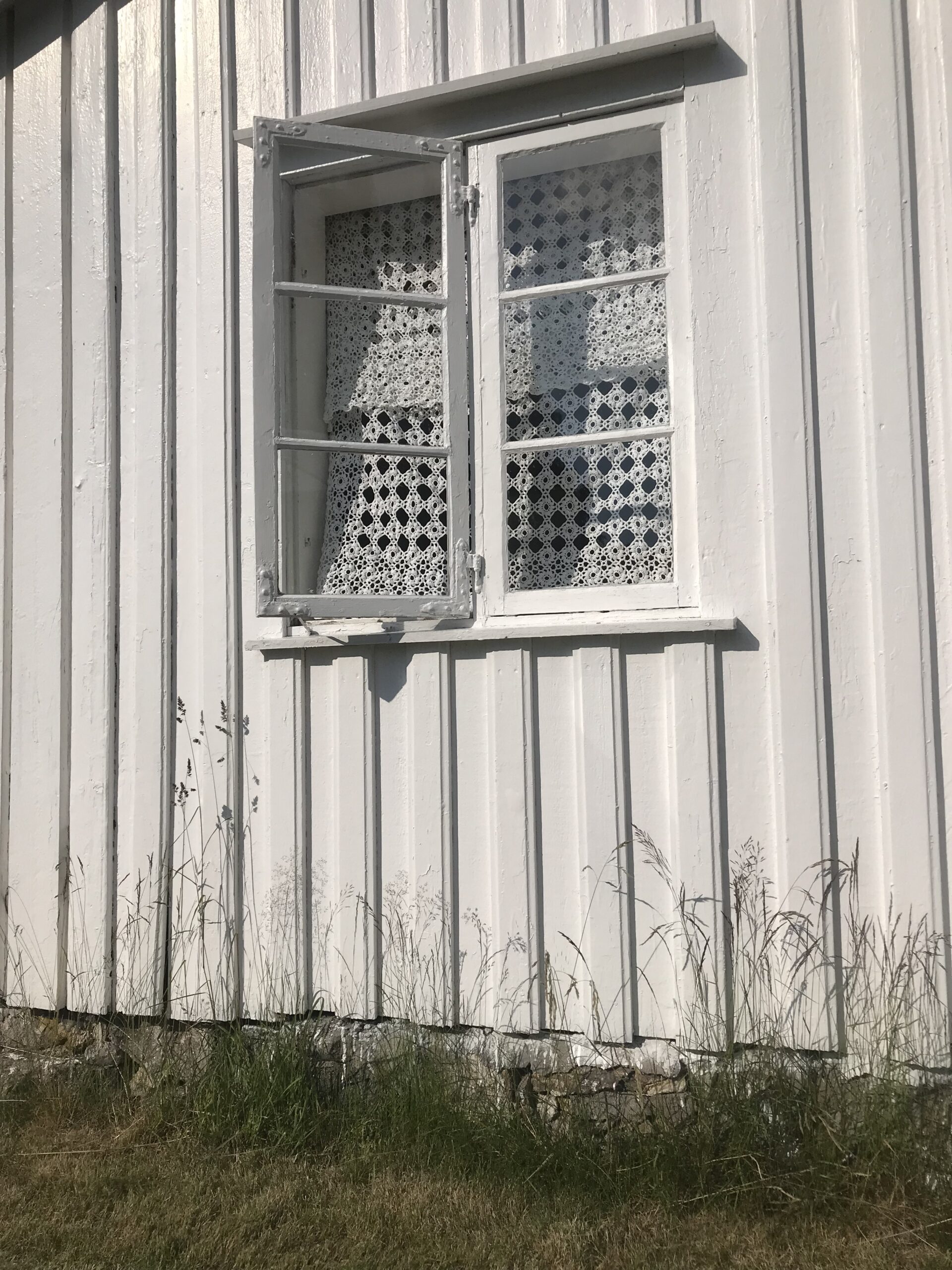
Couchville Cedar Glade State Natural Area, Davidson County, Tennessee
My mom has moved to a “senior community” a long drive from my house, but a short drive to my favorite cedar glade. Last night, I slept on the sofa so I could start a hike before dawn. Her new key takes some fiddling, but I sneak outside to meet black sky.
A Dodge pickup tails me hard on new asphalt for new subdivisions (so many) and old pasture (not so many), but when he turns toward the Interstate, I turn away. Pink begins to glow through my open window.
Now fields of hay bales: the big round kind, and I smell them though the air is cool. It’s late July and each is surrounded by a sea of grass already tall. Is hay cut-and-come again, or once-is-done? I don’t know anyone to ask.
The sign at the parking lot says “open 7am,” which means I’m early, but cannot pass this chance of sunrise and solitude. Eastern Towhees sing from persimmon trees for me to Drink my tea, tea, tea. Five syllables. Like the mourning dove from a red-cedar farther on, but a dove is slow and sad: Coo-wee-hooo, hoo, hoo. No wonder people hear “owl” in pre-dawn dove.
At the fork, I walk right so Tennessee coneflowers will face me. Echinacea tennesseenisis. The magenta rays seem faded, tired. It wasn’t an “on” year for them, like it was the summer after the drought, which was the summer after they were taken off the Federal Endangered list. It’s thanks to the coneflower the Nature Conservancy bought this land years ago, and transferred it to the State. Saving one charismatic species means saving the “globally rare ecosystem” that supports it.
And then I hear something new. A repeated call like a hoot, but not the dove, and not any owl I know. It’s more like a car alarm than a bird. Hollow and reedy and shockingly loud. The sequence is one pitch barked at an even tempo, unrushed, about six times, then a lower note for a few more. But as I walk through a glade to get closer, I realize it’s coming from far past the cedar thickets. Probably past the limestone beds and barbed wire. The only animals I’ve heard make anything like this tone and volume are white-cheeked gibbons at the Nashville zoo. What Davidson County creature could possibly sound like a rainforest primate?
Sun pops over the cedars behind me. My sudden shadow stretches over the rocks—the trail is a creek bed when called for—and I’m as tall as the winged elm I walk toward but comically thin. I breathe cedar perfume, dirt, sumac, the tea spice of Ozark calamint.
No water in the wet-weather wash: just cracked sheets of soil with scrolled edges. But wet or dry, the limestone pavement here bleeds gorgeous gradations of color: buffs and greens and rubbings of iron red.
Warm enough for cicadas before 7am. They buzz in waves with wide vibrato, slow, then fast, then faster, then silence. Repeat.
Shotgun glade has the best view of glass shards in low sun: clear, green, amber, brown, and the prize of cobalt blue. Wedged under pads of prickly pear cactus are my old friends: the Avon bottle; the Comet can lid; the rusted tips of 12-gauge shells; the handful of roofing nails the color of honey locust pods. Antique trash tells a story of how this land was used. There’s a GM chassis in the little bluestem by the river oats, and the drum of a ‘50s washing machine off-trail near the mullein, near where, in earliest spring, glade cress will bloom from rock basins for weeks.
In Hawk glade I sit in shade, in gravel, in lanceleaf gumweed. (It’s always an “on” year for lanceleaf gumweed.) My husband and I named this glade for the time we realized our toddler was no longer behind us, and we backtracked and found him on a rock, staring at the sky. “Hawk,” he explained.
A lonestar tick tickles the back of my neck. This is one I won’t have to pull later.
Getting hungry. And sunburned. The migraine starts. It is as expected as the trash, the ticks, the gumweed.
In the lot, another car has come: a hybrid with a birding-themed license plate.
There is commuter traffic on the way back to Mom’s where I de-tick and shower and find clean clothes. She has timed a breakfast of home fries with scrambled eggs hot and buttery, and has filled a Ziploc with ice for my head. I will spend the afternoon trying to figure out who yelled in the woods like a white-cheeked gibbon, but now, with Mom’s blessing, I take my plate to her porch so I can eat alone underneath a corner of the bluest sky.
Joanna Brichetto is a naturalist and writer in Nashville. She keeps the urban nature blog Look Around: Nearby Nature, and her essays have appeared in The Hopper, Flyway, About Place Journal, City Creatures, Longleaf Review, Hippocampus, storySouth, The Fourth River and other journals. Follow her on Instagram @jo_brichetto.
Photos by author




